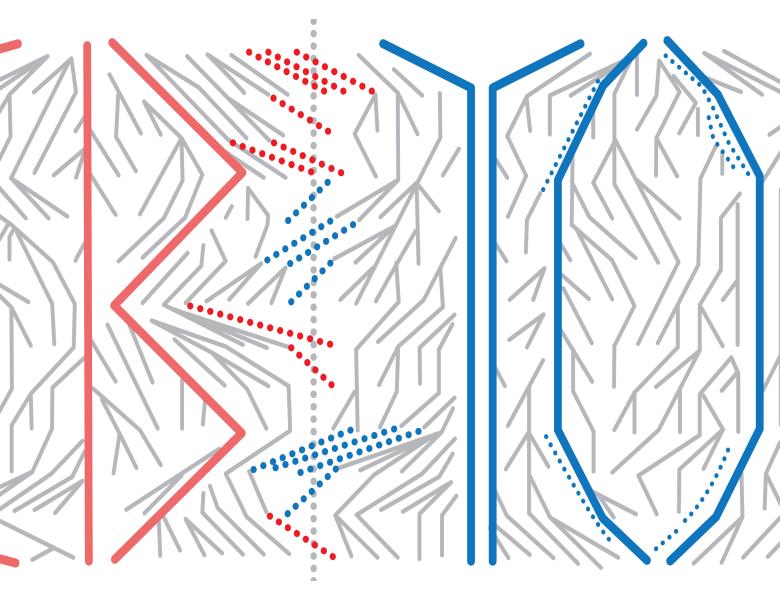
Abstract
Historically, models of quantitative trait evolution have assumed that individual mutations rarely, if ever, produce substantial changes in phenotype. Genome-wide association studies suggest that these infinitesimal models may be appropriate for some traits, like human height. However, experimental manipulations of other traits, such as gene expression, suggests that mutations that drastically alter phenotype may be common. In joint work with Michael Landis at UC Berkeley, we are exploring the development of models of quantitative trait evolution that can handle arbitrary mutational effects. We developed a neutral model using coalescent theory and I will show how this framework can be used to calculate the characteristic function for a sample of individuals from a panmictic population. We also found several scaling limits (as the number of loci controlling the trait increases), including the classical normally distributed limits and a class of alpha-stable limits in which the sampling distribution is fat-tailed. Based on these limits, we conjecture a powerful interpretation of these limits based on de Finetti's theorem. We then applied our models to analyze gene expression data from the fungus Neurospora crassa and found between 20 and 40 genes provide evidence for fat-tailed mutational effects.


